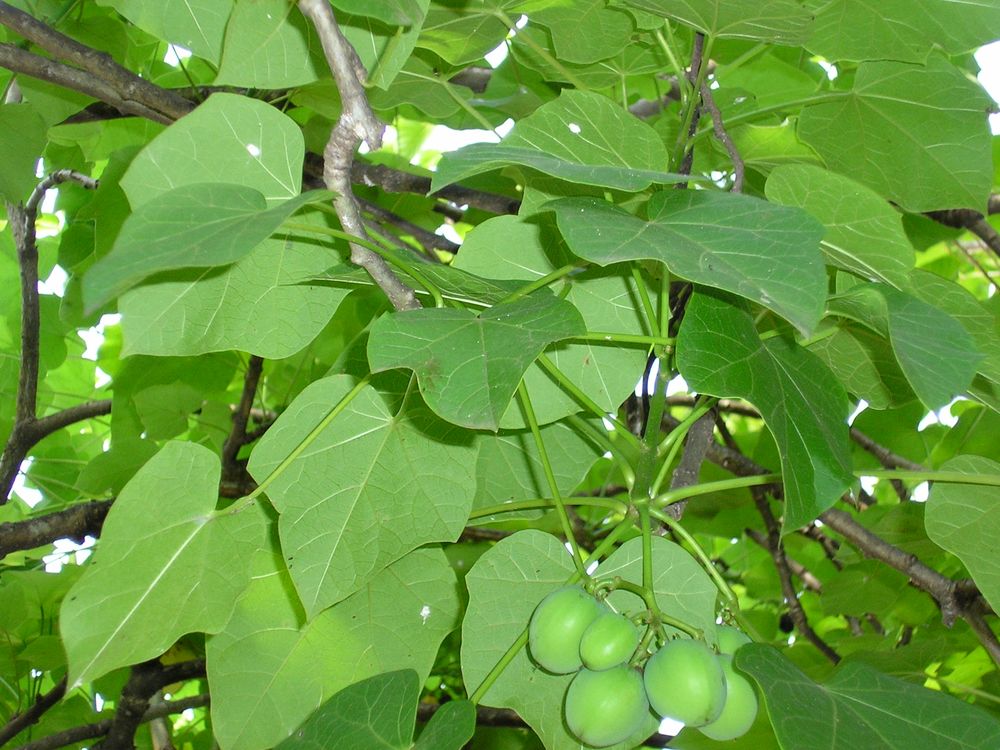
M2 Capital Sdn. Bhd
Add a review FollowOverview
-
Founded Date May 28, 1924
-
Sectors Office
-
Posted Jobs 0
-
Viewed 155
Company Description
Central Asia’s Vast Biofuel Opportunity
The current revelations of a International Energy Administration whistleblower that the IEA may have misshaped crucial oil forecasts under extreme U.S. pressure is, if true (and whistleblowers rarely come forward to advance their careers), a slow-burning thermonuclear explosion on future international oil production. The actions in pressuring the IEA to underplay the rate of decrease from existing oil fields while overplaying the possibilities of finding brand-new reserves have the potential to throw governments’ long-lasting planning into turmoil.

Whatever the truth, increasing long term international needs appear particular to outstrip production in the next decade, especially given the high and rising expenses of developing brand-new super-fields such as Kazakhstan’s overseas Kashagan and Brazil’s southern Atlantic Jupiter and Carioca fields, which will need billions in financial investments before their very first barrels of oil are produced.
In such a circumstance, additives and substitutes such as biofuels will play an ever-increasing role by extending beleaguered production quotas. As market forces and rising rates drive this technology to the leading edge, among the richest potential production locations has actually been completely ignored by financiers already – Central Asia. Formerly the USSR’s cotton “plantation,” the area is poised to end up being a significant player in the production of biofuels if adequate foreign financial investment can be obtained. Unlike Brazil, where biofuel is made mostly from sugarcane, or the United States, where it is mainly distilled from corn, Central Asia’s ace resource is an indigenous plant, Camelina sativa.
Of the former Soviet Caucasian and Central Asian republics, those clustered around the shores of the Caspian, Azerbaijan and Kazakhstan have actually seen their economies boom because of record-high energy prices, while Turkmenistan is waiting in the wings as a rising producer of natural gas.
Farther to the east, in Uzbekistan, Kyrgyzstan and Tajikistan, geographical seclusion and relatively little hydrocarbon resources relative to their Western Caspian next-door neighbors have mainly prevented their ability to cash in on increasing worldwide energy demands up to now. Mountainous Kyrgyzstan and Tajikistan remain largely reliant for their electrical needs on their Soviet-era hydroelectric infrastructure, but their increased need to generate winter electricity has actually led to autumnal and winter water discharges, in turn badly impacting the agriculture of their western downstream neighbors Uzbekistan, Kazakhstan and Turkmenistan.
What these 3 downstream countries do have however is a Soviet-era tradition of agricultural production, which in Uzbekistan’s and Turkmenistan case was largely directed towards cotton production, while Kazakhstan, beginning in the 1950s with Khrushchev’s “Virgin Lands” programs, has actually become a major manufacturer of wheat. Based upon my conversations with Central Asian government officials, given the thirsty demands of cotton monoculture, foreign proposals to diversify agrarian production towards biofuel would have terrific appeal in Astana, Ashgabat and Tashkent and to a lesser level Astana for those sturdy investors ready to bank on the future, especially as a plant indigenous to the area has actually already shown itself in trials.
Known in the West as incorrect flax, wild flax, linseed dodder, German sesame and Siberian oilseed, camelina is bring in increased clinical interest for its oleaginous qualities, with a number of European and American business already examining how to produce it in industrial quantities for biofuel. In January Japan Airlines carried out a historical test flight utilizing camelina-based bio-jet fuel, ending up being the very first Asian provider to explore flying on fuel stemmed from sustainable feedstocks throughout a one-hour demonstration flight from Tokyo’s Haneda Airport. The test was the culmination of a 12-month assessment of camelina’s functional performance ability and potential business viability.
As an alternative energy source, camelina has much to advise it. It has a high oil material low in saturated fat. In contrast to Central Asia’s thirsty “king cotton,” camelina is drought-resistant and unsusceptible to spring freezing, requires less fertilizer and herbicides, and can be used as a rotation crop with wheat, which would make it of specific interest in Kazakhstan, now Central Asia’s significant wheat exporter. Another bonus of camelina is its tolerance of poorer, less fertile conditions. An acre sown with camelina can produce up to 100 gallons of oil and when planted in rotation with wheat, camelina can increase wheat production by 15 percent. A lot (1000 kg) of camelina will include 350 kg of oil, of which pushing can extract 250 kg. Nothing in camelina production is lost as after processing, the plant’s debris can be utilized for animals silage. Camelina silage has an especially attractive concentration of omega-3 fatty acids that make it an especially fine livestock feed candidate that is recently acquiring recognition in the U.S. and Canada. Camelina is quick growing, produces its own natural herbicide (allelopathy) and contends well versus weeds when an even crop is established. According to Britain’s Bangor University’s Centre for Alternative Land Use, “Camelina might be an ideal low-input crop ideal for bio-diesel production, due to its lower requirements for nitrogen fertilizer than oilseed rape.”
Camelina, a branch of the mustard family, is indigenous to both Europe and Central Asia and barely a new crop on the scene: archaeological proof shows it has been cultivated in Europe for a minimum of 3 millennia to produce both grease and animal fodder.
Field trials of production in Montana, currently the center of U.S. camelina research, showed a wide variety of outcomes of 330-1,700 pounds of seed per acre, with oil content differing in between 29 and 40%. Optimal seeding rates have actually been figured out to be in the 6-8 lb per acre range, as the seeds’ small size of 400,000 seeds per lb can produce problems in germination to attain an ideal plant density of around 9 plants per sq. ft.
Camelina’s potential might enable Uzbekistan to begin breaking out of its most dolorous legacy, the imposition of a cotton monoculture that has warped the country’s efforts at agrarian reform given that accomplishing independence in 1991. Beginning in the late 19th century, the Russian government figured out that Central Asia would become its cotton plantation to feed Moscow’s growing textile market. The procedure was accelerated under the Soviets. While Azerbaijan, Kazakhstan, Tajikistan and Turkmenistan were also bought by Moscow to plant cotton, Uzbekistan in particular was singled out to produce “white gold.”
By the end of the 1930s the Soviet Union had actually ended up being self-dependent in cotton; five years later on it had actually become a significant exporter of cotton, producing more than one-fifth of the world’s production, concentrated in Uzbekistan, which produced 70 percent of the Soviet Union’s output.
Try as it may to diversify, in the absence of options Tashkent remains wedded to cotton, producing about 3.6 million lots annually, which generates more than $1 billion while constituting roughly 60 percent of the nation’s hard cash earnings.
Beginning in the mid-1960s the Soviet government’s instructions for Central Asian cotton production mainly bankrupted the area’s scarcest resource, water. Cotton utilizes about 3.5 acre feet of water per acre of plants, leading Soviet coordinators to divert ever-increasing volumes of water from the region’s 2 main rivers, the Amu Darya and Syr Darya, into inefficient watering canals, leading to the significant shrinking of the rivers’ last destination, the Aral Sea. The Aral, as soon as the world’s fourth-largest inland sea with an area of 26,000 square miles, has actually diminished to one-quarter its original size in one of the 20th century’s worst environmental catastrophes.
And now, the dollars and cents. Dr. Bill Schillinger at Washington State University just recently explained camelina’s organization model to Capital Press as: “At 1,400 pounds per acre at 16 cents a pound, camelina would bring in $224 per acre; 28-bushel white wheat at $8.23 per bushel would gather $230.”
Central Asia has the land, the farms, the watering infrastructure and a modest wage scale in contrast to America or Europe – all that’s missing is the foreign financial investment. U.S. investors have the cash and access to the knowledge of America’s land grant universities. What is specific is that biofuel’s market share will grow in time; less particular is who will enjoy the advantages of developing it as a viable issue in Central Asia.
If the current past is anything to pass it is unlikely to be American and European investors, focused as they are on Caspian oil and gas.

But while the Japanese flight experiments show Asian interest, American investors have the scholastic knowledge, if they are ready to follow the Silk Road into establishing a brand-new market. Certainly anything that reduces water usage and pesticides, diversifies crop production and enhances the lot of their agrarian population will receive most cautious factor to consider from Central Asia’s federal governments, and farming and grease processing plants are not just much more affordable than pipelines, they can be constructed more quickly.
And jatropha‘s biofuel capacity? Another story for another time.











